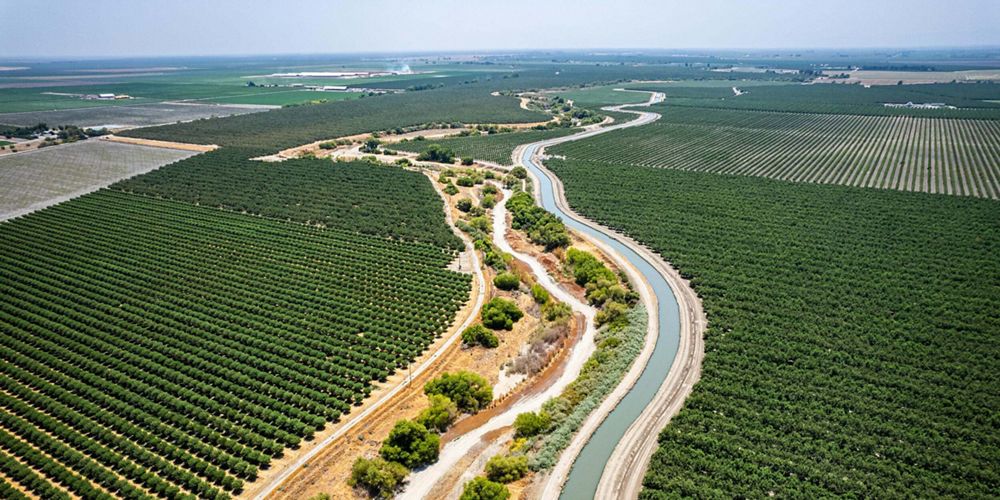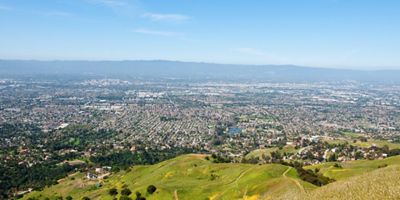The Nature Conservancy

Regional Conservation Investment Strategy Program
Regional planning for species and habitat conservation, climate resilience and advance mitigation.
The Regional Conservation Investment Strategy (RCIS) Program is a conservation planning process to promote a resilient, thriving and connected California.
This voluntary program promotes a science-based, collaborative planning process to protect California’s biodiversity and streamline infrastructure project delivery.
Its tools help identify high-priority conservation actions, inform infrastructure project planning and enable advance mitigation to support conservation outcomes and infrastructure projects.
RCIS Components
Administered by the California Department of Fish and Wildlife (CDFW), the RCIS Program consists of three components
-

RCA
Regional Conservation Assessments (RCAs) may be used for various types of conservation or development scoping, and typically cover a larger geographic area.
What can the RCIS Program do for you?
The RCIS Program can be used for a variety of purposes:
- Land Use Planning: Inform general plans, climate action plans, infrastructure siting and identify areas of high conservation value. Incorporates nature based values and services, such as carbon sequestration, water quality, climate resilience, or food production to advance multi-benefit outcomes.
- Conservation: Identify high-priority areas for conservation investments and impactful conservation actions, support funding proposals and develop MCAs to generate a new source of funding for a conservation organization’s area of focus.
- Infrastructure Development: Inform infrastructure investments, planning and projects to avoid and minimize impacts to habitats and species, reducing delays, risks and compliance costs for plans and projects. Proponents can also strategically locate and develop MCAs to mitigate in advance for your future projects, saving time and money on more efficient and effective mitigation and supporting conservation outcomes.
- Mitigation or Conservation Banks: Identify strategic locations to site new banks; develop MCAs to create new, specialized mitigation credits.
- Wildlife Corridors: Identify key locations and actions to support habitat connectivity, support funding for actions and develop an MCA to create advance mitigation credits for habitat connectivity actions.
- Land Management: Engage with public and private partners to identify funding sources to protect, restore and enhance property important for habitat or species conservation, including rangeland and farmland.
- Climate Resilience: Inform plans to leverage nature-based solutions to adapt and proactively manage the impacts of climate change, while helping to reduce greenhouse gas emissions to meet our climate goals.
The RCIS Program does not:
- Require the collection of new data; RCAs and RCISs rely on best available data.
- Result in approval or permits for development or restoration projects.
- Supplant existing state, federal or local environmental regulations, or create additional regulatory requirements.
- Identify specific properties or parcels for local implementation.
- Require any action; it is non-regulatory and voluntary.
RCIS Program
Resources Available to You
There are resources available to develop RCIS program components. Details in the Feasibility and Reference Document sections for financial and expert resources available
Program Benefits
Benefits include a conservation planning framework and a process to enable effective and efficient conservation and infrastructure projects. The collaborative and science-based approach helps identify priority conservation actions and strategically direct mitigation actions. The MCA advance mitigation credits can expedite project permits.


